In today’s cars thehuman machine interface has become more and more complex and important. Between digital instrument clusters, super-technological infotainment and voice assistants, the way we interact with our car is increasingly taken into consideration by the manufacturers. The common goal is make everything as simple as possible, and that’s just what it is Kanzi One wants to do. This new interface system made by the Finnish Rightware in fact promises to make contact between car and driver easy and intuitive. Like? Let’s find out together.
The human-machine interface, which has become more complex than ever. The goal is to make it as intuitive as possible
We often say it here yes techprincess: now cars are increasingly dependent on their screens and infotainment systems. In fact, for years we have dedicated an entire part of our test drives to tell you how it goes and how easy a certain system is. For this reason, the goal of the manufacturers is to make the man-machine relationship as easy and intuitive as possiblena. And that’s exactly where Rightware, a Finnish company that manufactures Kanzi systems and services for the interface with the driver for over 50 car manufacturers, has decided to concentrate.
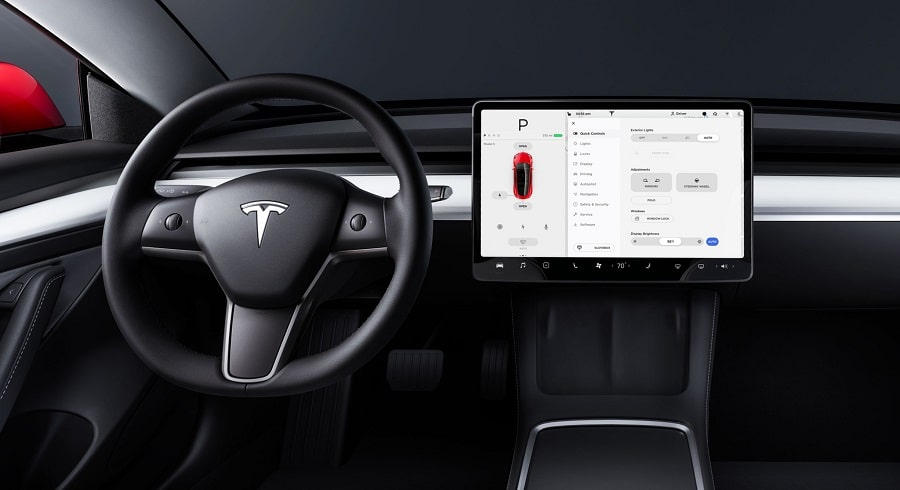
What does a control or entertainment system need to be useful and in step with the times but at the same time functional? First of all nIt must not be too basic, lacking features or with old or cumbersome graphics. At the same time, it doesn’t have to be too much either whimsical: over the years we have seen very personal systems for input systems or graphics, and they have almost always been badly received by customers.
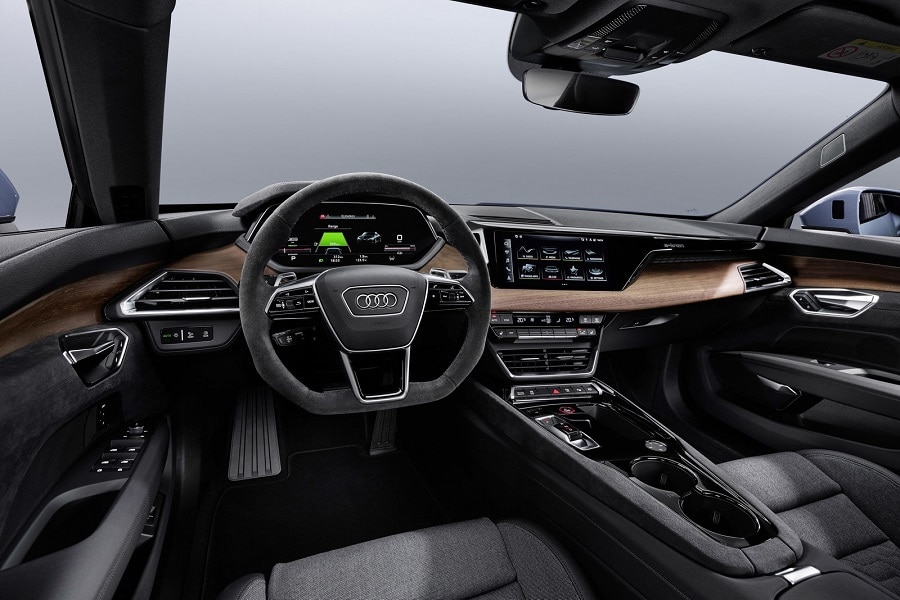
An interface system must therefore be modern, beautiful and reassuring, but above all it must be intuitive when driving. Often the Houses, in search of a stylistic cleanliness, have given up physical keys to move everything to the central screen. A solution that can work but that must be accompanied by an interface and a way of use that does not involve distractions to perform simple tasks such as regulating the temperature of the climate or turning up the volume of the radio. We must therefore find the perfect balance between clean lines, aesthetics, functions and ease of use and ergonomics.
Kanzi One, the simple answer: a simple and unique base for any customer
And this is where Kanzi One comes in, Rightware’s solution to simplify the creation of a HMI (Human-Machine Interface) system for all manufacturers and suppliers. Rightware with Kanzi One indeed provides manufacturers with a whole system to develop a personal user interface, a system already chosen by more than 50 brands around the world. A few examples? The systems of Ford, Peugeot, Cadillac, Karma, Audi and many others they are made using Kanzi tools or systems. But how does he help the houses make everything easier? Making the implementation interface, processes and the basis of the system itself more intuitive and easier. In fact, within the Kanzi One project, Rightware has inserted its three basic tools for the realization of the systems.
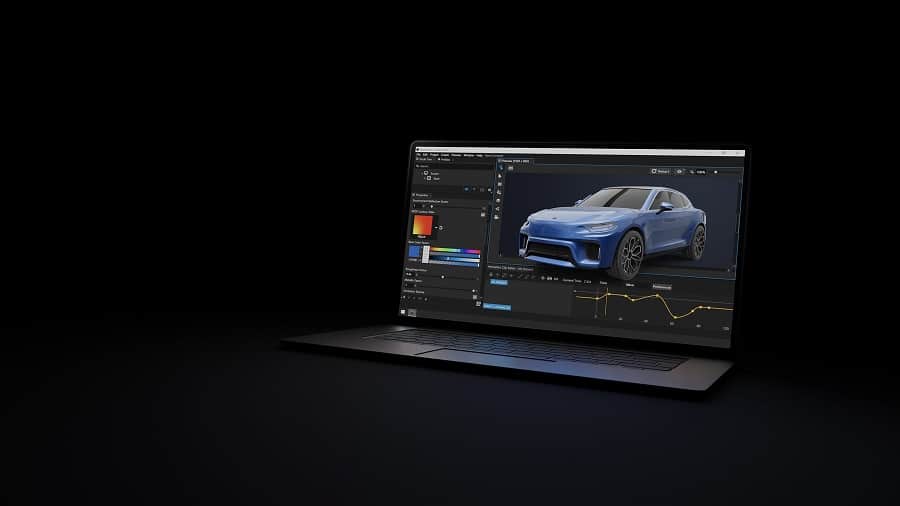
In fact, we are talking about Kanzi Framework, a tool with which manufacturers can design and build entire basic structures of instrument clusters or infotainment systems, speedometers, instruments, icons, interfaces and so on; Kanzi Studio, that is a place where you can adjust colors, render maps, drawings and so on; and finally Kanzi Engine, that is the graphic engine developed by Kanzi that allows the manufacturers to make the whole system move. Kanzi One is then completely modular. From a common base, in fact, simple systems with instrument panel and central screen, solutions with three or more screens, full-width touchscreens and so on can be created. The only limit is the imagination (and the budget, of course).
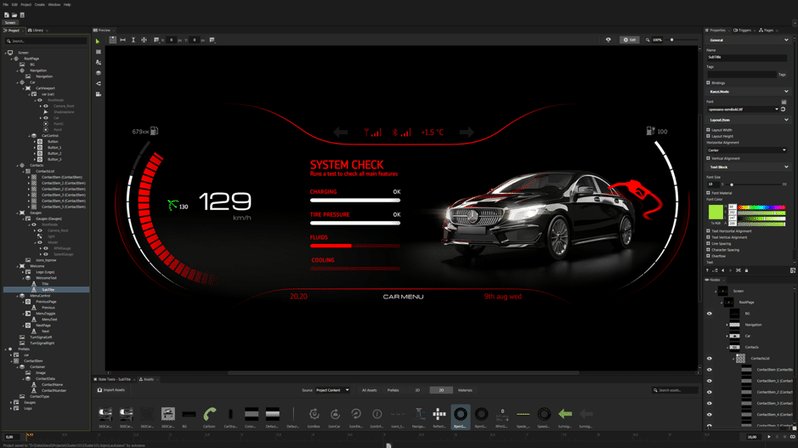
The real strength of Kanzi One, however, is its extreme customization. Thanks to the inclusion of all the tools for creating a user interface with the One program, the manufacturers can decide to exploit the existing base. Alternatively, you can revolutionize the entire view, interface, and even the system by adding or removing apps and features. “Kanzi UI is an easy tool like never before the realization one UI.“Says Rightware CEO Freddie Geier. “A screen in a car is only good if the interface is good too. Thanks to Kanzi UI, creating an interface will be simple, but above all each interface can be made personal and unique, capable of giving back all the soul and personality of a brand “.
The secret of Kanzi One is the versatility and the ease for anyone to work easily
The secret to getting such a good UI development system is undoubtedly the versatility. Kanzi UI is in fact a system cross-platform, which therefore does not need a particular language, structure or basic operating system. Kanzi One can be used and exploited for all systems on the market. At Rightware they have focused on three fundamental aspects in the development of Kanzi One.
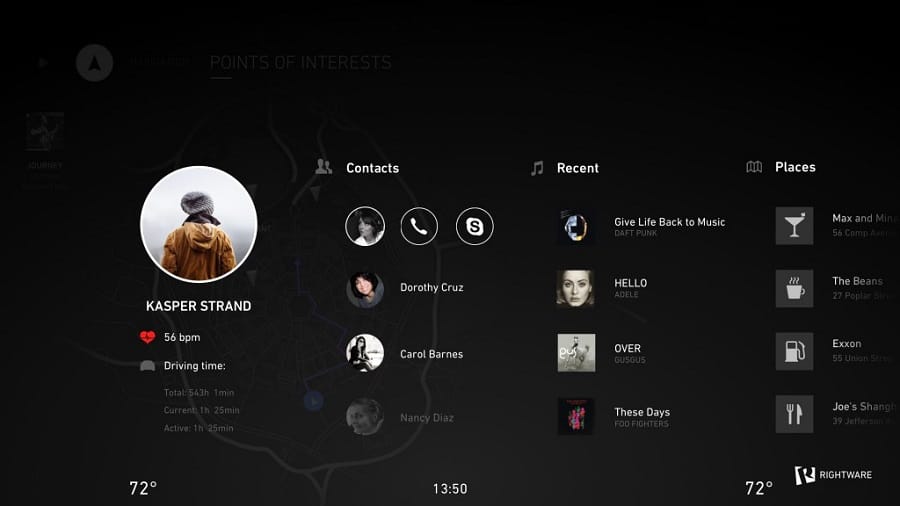
The first aspect developed was the graphic rendering tool, now easier than ever and capable of giving access to the customization of almost every aspect of the system. Sensors placed all over today’s cars deliver an incredible amount of data to interface processors – up to 25GB per hour. There is therefore a need for a system that is able to quickly and efficiently render all the data received from the sensors such as cars ahead, navigation, any car or road problems and so on. In Kanzi One, the rendering is delegated to high-powered computers able to bring back the car’s inputs in a short time and with quality. In addition, the second focal point of Kanzi One was the enhancement of the Framework system, the construction of the interface itself.
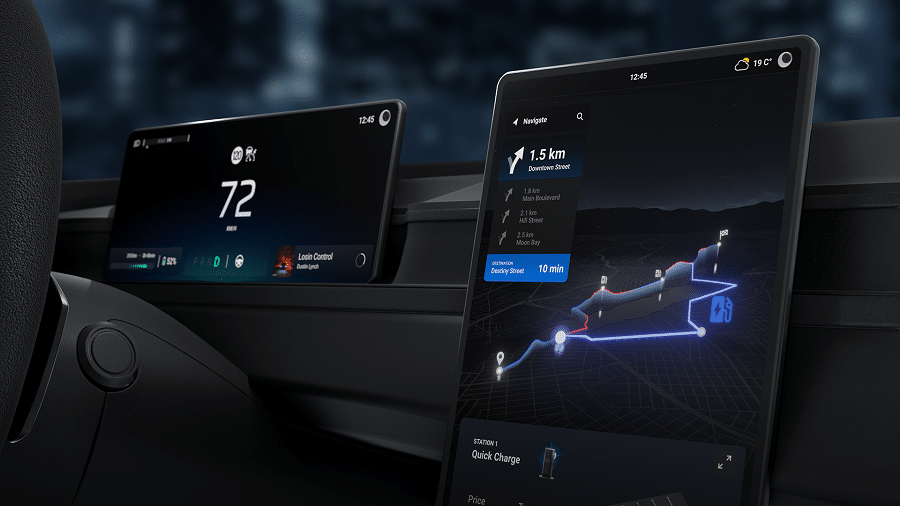
With Kanzi Framework UI it is in fact possible to work in distinct areas. It is therefore not mandatory to work with the single fixed screens, as happened in the past. You can then enter, for example, the speedometer, the fuel percentage and the tachometer with three separate files. So, it is easier to make custom screens, change the arrangement of the instruments or still use the same basic layout but changing tools. What do you get? There possibility of giving a unique personality to the different brands. Kanzi, to give you an example, has been working with for years Audi and, in general, with the Volkswag Groupen. And it was the German Group that gave the demonstration how they can exist structurally similar systems but in the act practical e very different stylistic among them.
The breakthrough of Android Automotive: Kanzi One is the only one that integrates it perfectly
The last aspect that the Rightware men have worked on is theintegration with Android, more important than ever. For a couple of years now, in fact, Android Automotive has spread rapidly as a basis on which to develop the multimedia systems of the Houses. This is because Android, with its more than ten years of experience in the smartphone world and its integration with Google services, it offers a level of fluidity, possibilities and updates unknown to other platforms.
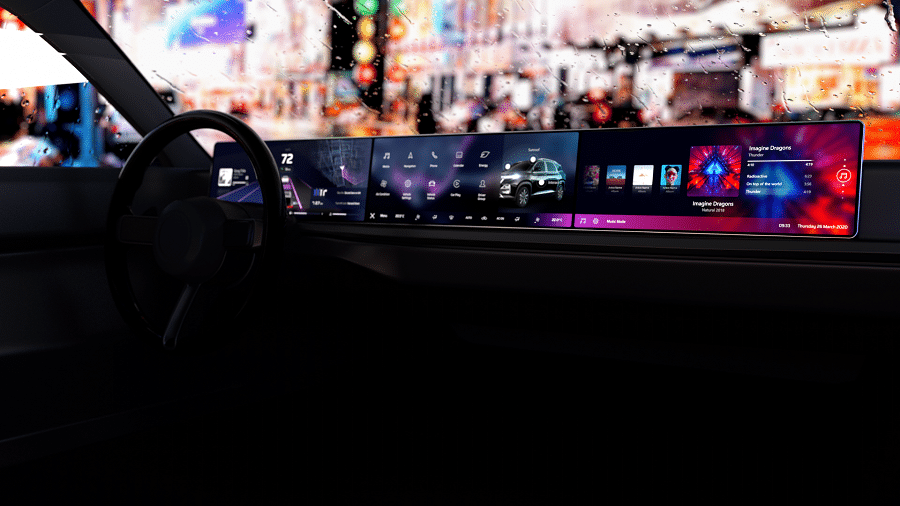
For this reason, in Rightware they have decided to be i first developers to integrate development based on Android Automotive into the new Kanzi One. The new system is fully compatible with the Android base: in Rightware they have totally modified the system architecture to allow it to work with Android Automotive without problems. The other real revolution of Android is the amount of possibility that it gives within a system.
Thanks to Android Automotive they have arrived new more functional and precise widgets, snippets with which to manage the main functions of the apps. There is also a great novelty: a Launcher capable of managing various apps and processes in the background. Just like it happens on our smartphones and tablets. Thanks to Android Automotive, Rightware has created its own Signature UI. It is a basic interface that can be used or inspired by suppliers and manufacturers. The latest, great innovation of Kanzi One is opening to applications developed on Java code. For the uninitiated, in fact Java is a writing language on which most Android applications are based.
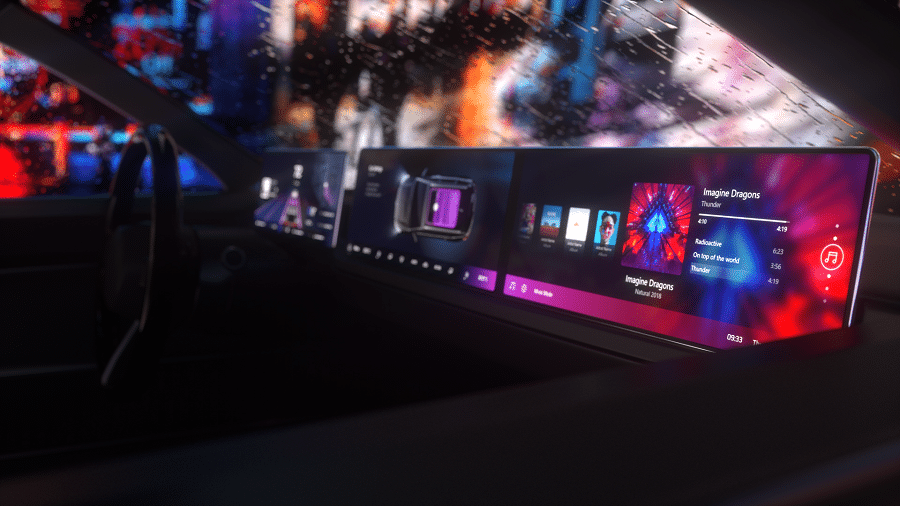
Open for writing Java is therefore a fundamental move for the future of infotainment systems, as with just a few moves it is possible for application developers adapt your apps to automotive use. Having Spotify, Waze, Telegram and even Youtube apps optimized and rendered full screen could therefore be a reality soon. Finally, Kanzi One also integrates the possibility of bring third-party apps to 3D models. How to use this feature? Maybe with widgets, or on split screens or as “floating apps” to watch maps with traffic in real time while listening to music, for example.
Personalization, uniqueness and ease of writing: Kanzi One is a candidate as the perfect base. When will it be available?
The presentation of Kanzi One left us with the impression of a easy operating system, open to all but surprisingly customizable. There have always been manufacturers who struggle to make their driver interface systems beautiful, easy and fast. If until a few years ago these “slips” were accepted or tolerated, with the arrival of electric mobility and autonomous driving, these systems are and will be increasingly important.
For this reason, it is also important for you to know that, in circulation, there is a company that puts at the service of manufacturers and suppliers a fast system, easy to customize and implement, versatile and with immediate success. Kanzi has even implemented a new feature, Kanzi VR. This allows the manufacturers to create virtual prototypes of the interiors and screens, to study the solutions for their on-board systems in a very short time.
This is another solution that makes Kanzi One really interesting for any type of manufacturer, from the most popular to the most luxurious solutions. When will we be able to see Kanzi One? The Beta program will start on September 15th: if there are any interested houses, from that day they will be able to participate in the first preliminary tests. There official presentation of the series version of Kanzi One will arrive at the CES of Las Vegas next January 2022. Curious to know who …







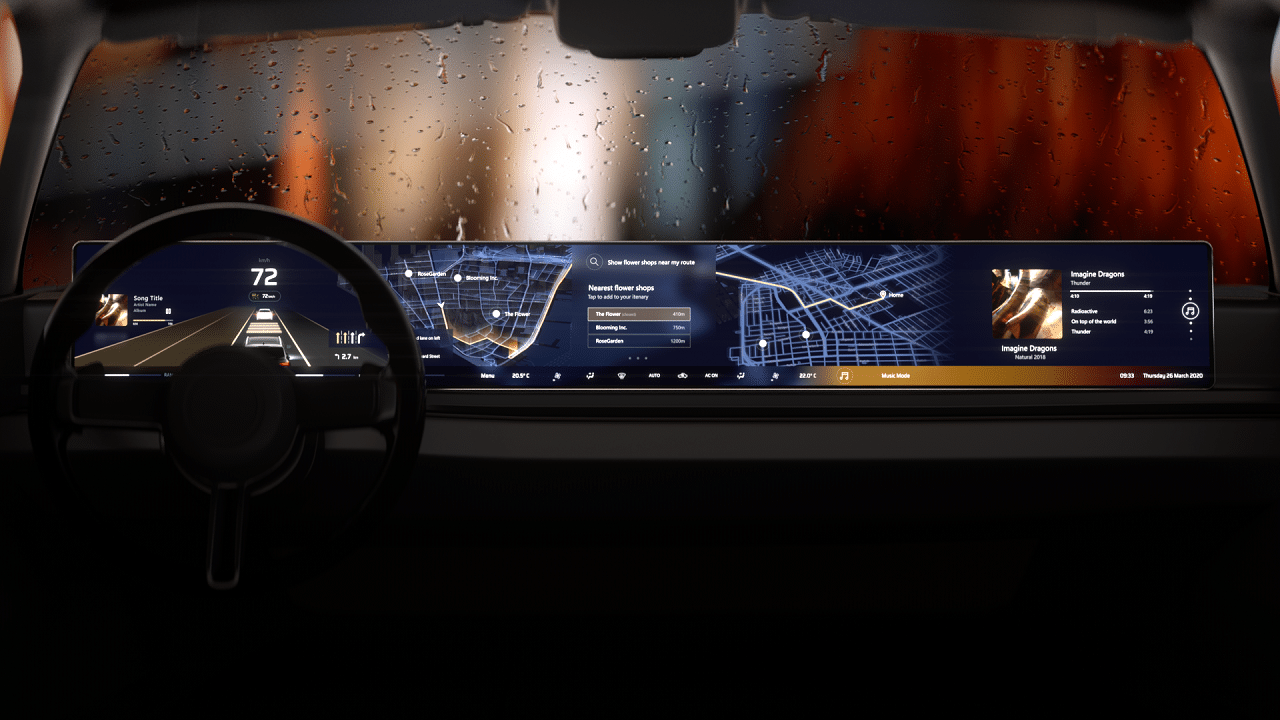








Leave a Reply
View Comments